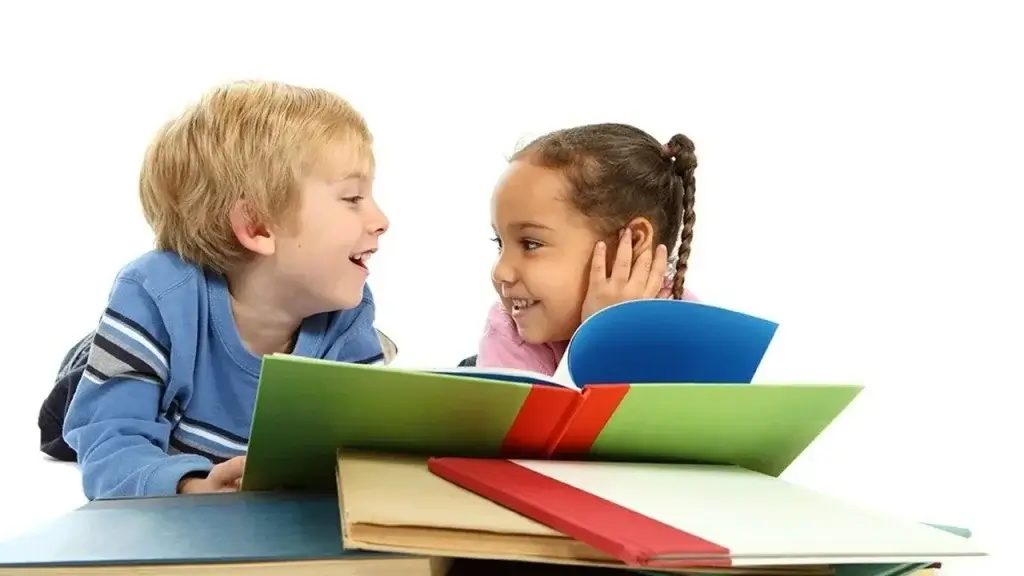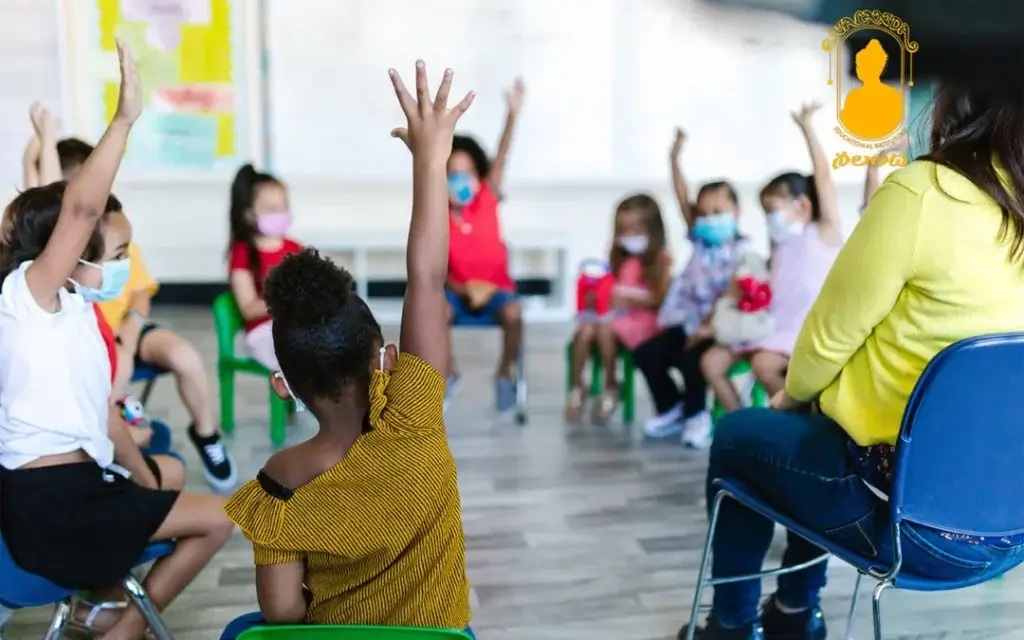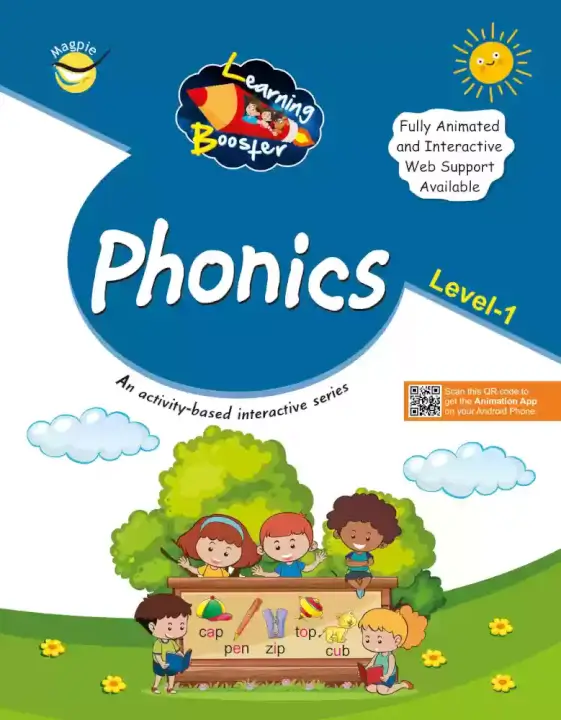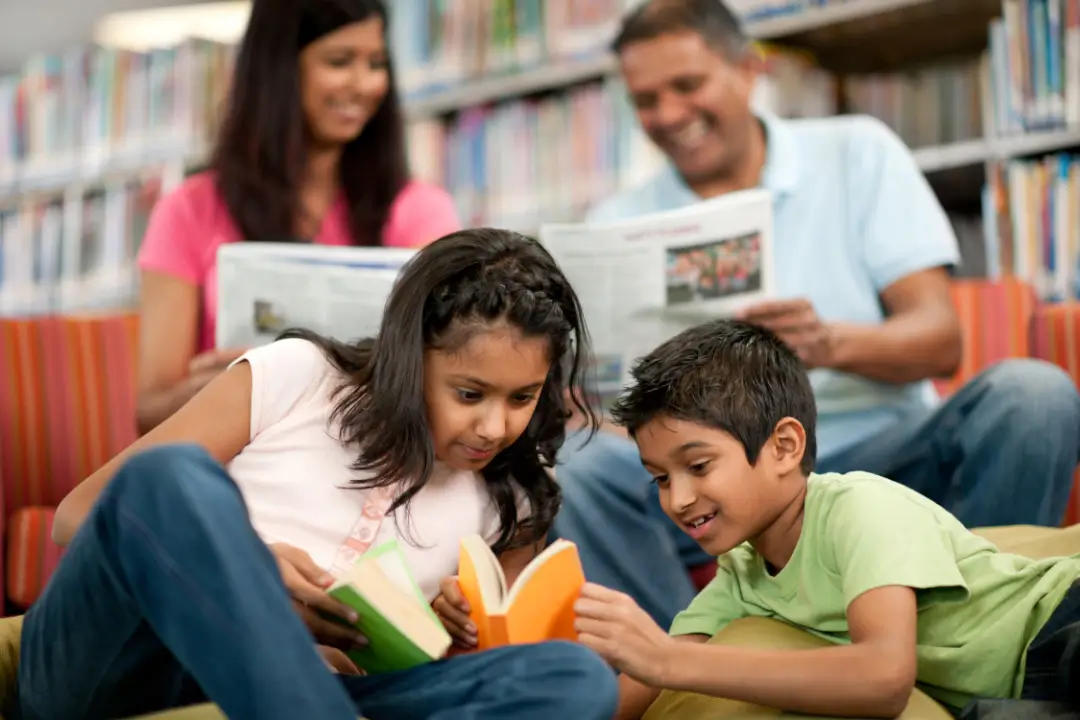In this article we are discussing 7 Tips for Choosing Beginner Readers Books. When it comes to developing a reading culture among children who are learning to read, choosing the right books is crucial, including selections from both classic tales and modern early reader books such as leveled readers. This important task can be puzzling for many parents and that’s why we have prepared some professional tips to help you go through the process with ease.
Understanding the Needs of Beginning Readers

However, before looking at these works, it is important to understand what level the child is at and what their interests are, to select the appropriate grade level books, ensuring they align with the child’s reading level for optimal engagement.
Such readers are in early stages of literacy, acquiring basic knowledge such as letter identification, phonemic awareness, and understanding, marking the commencement of their educational journey at preschool. They have just started comprehending words while Beginner Readers Books designed for their developing skills, making it a sweet read for them.
Therefore, good books should be selected to reinforce this stage of development, prioritizing beginner books that cater to the reader’s level and interests, much like what a teacher would do.
Opt For Simple And Repetitive Text
For example, introducing emerging readers to books with simple language structures typical of early reader books such as Set 1 Bob Books would work better, aligning with stage 1 of their learning process.
The more that they see something written down in a similar way each time they look at it will enable them read faster which will improve their fluency skills, a key outcome of reading already-familiar books.
Sentence structure must always remain coherent and sentences within a page or passage should be brief enough not only to make sure children would learn how to read but also build confidence by verifying kids’ ability in decoding familiar expressions.
Bring in Topics That Are Of Interest To Students

To set a fire under the reading zeal, one should select books that children who are just learning to read show interest in, such as Bob books or books featuring popular characters like cats.
This is by choosing subjects such as dinosaurs, animals or superheroes, much like a beloved book series or favorite titles that appeal to many young minds and hence encourage self-paced readership.
Consider the hobbies, preferences and experiences of the child when picking a book since this fosters understanding of what is being read and makes it enjoyable, mirroring the joy found in timeless classic stories. Moreover, including diverse perspectives and experiences in book selections, like those found in
Balance Text And Illustrations

Aesthetics matter greatly when it comes to captivating early readers, which is why books with quality illustrations and appealing to this reading level, such as those found in Choose books with vibrant pictures that go hand in hand with words thereby aiding comprehension, much like Quality illustrations can add beauty to books besides helping learners decode new vocabulary and understand context, essential in books for kindergarten and grade level students, like those featured in leveled readers.
While choosing a book, look at representations on illustrations which relate with the text as well as show different characters and settings that are similar to what is going on globally, a method teachers use to select every book.
ADD DIVERSE TEXT TYPES GRADUALLY
It is advisable that you introduce different types of texts gradually as children begin to read, starting with early reader books and progressing through the levels, ensuring they are great for early development. Young readers always start with simple story books and should be availed to a variety of text such as informative, poetry and non – fiction books.
The introduction of varied texts, including 25 irresistible Beginner Readers Books such as Thus, when reading other types of texts children have to apply their reading abilities in new ways thus fostering comprehension skill and critical thinking processes, important in every reading level.
When the complexity of the text increases gradually, it ensures that children are constantly stimulated so as to improve their reading capacities, a technique often employed in early reader book series.
GET PHONICS–BASED BOOKS

It is important for beginning readers to have phonics-based hardcover books, such as sound books or Set 1 Bob Books, which would strengthen their phonemic awareness and decoding skills.
When selecting titles for beginners one should consider those having words that are spelled according to sound pronunciation rules, with many opportunities provided for practicing these rules through phonics based books that use predictable spelling patterns and sound-symbol correspondence for early readers who have difficulty understanding unfamiliar words.
Besides improving students’ reading abilities, blending phonics instruction with extensive reading helps them apply phonic principles while they learn how to become fluent readers at this level, often fostered by every book they encounter.
Consider Interactive Elements
However, there are interactive books like Bob books that drag them into the story and they read it with deep attention, ideal for Beginner Readers Books. Take for instance the interactive titles like lift-the-flap, touch-and-feel and pop-up books in which children can play around with these elements while exploring the storyline.
The use of these types of books not only increases understanding through multisensorial experiences but also enhances fine motor skills and tactile exploration. Inclusion of interactive components in reading lessons makes learning fun and cultivates love for reading from an early age, especially when incorporating beginner books that captivate young minds, like sound books or interactive
Encourage Exploration and Curiosity

Inculcate curiosity about things in children by selecting stories that encourage imagination and originality among beginners, akin to the journey of a bear in a beloved early reader book series, echoing the 2nd stage of learning where exploration is key.
Choose titles which allow for hands-on exploration such as pop-up books, puzzle books or surprise-containing texts, making each reading session an adventure. Such readings are immersive involving aspects like hidden object puzzles or seek-and-find activities which enable them to participate in what they are reading, effectively kickstarting their beginning literacy skills.
Promoting curiosity and exploration leads to better understanding of what is read apart from creating an interest to learn that goes beyond text pages, echoing the essence of classic adventure stories.
Conclusion
Choosing books for children learning to read is a detailed process that requires one to think carefully about developmental needs, interests and the ability to read, making it essential to revisit favorite titles that cater to these aspects.
Through incorporating these expert ideas in the selection of books, you can encourage young people beginning their literary journey and introduce them to the world of reading. Remember, simplicity, engagement, and diversity in book choices, including leveled readers and traditional chapter books, go a long way in helping every child find their perfect start on literature.
Therefore, with careful choice of material and guidance one can set the stage for a lifetime devotion for literature, encouraging them to read the first book that catches their eye repeatedly.
(FAQs) About Choosing Beginner Readers Books
A1: How do you Pick Beginner Readers Books?
A1: When choosing books for children who are just starting out in reading it’s vital to look at text simplicity, interest match between reader and text balance between words and pictures different types of texts that phonics based content interactive features curiosity encouraging language among others.
Q2: Why do Books with Simple Repetitive Text Patterns Appeal Most?
A2: Books with simple repetitive text patterns, like Bob Beginner Readers Books, help early readers practice sight words as well as improve reading fluency thus building confidence. These could be considered a sweet read that builds literacy skills. They enable successful experiences while reinforcing foundational literacy skills.
Q3: How can I Blend High-Interest Topics into First-Time Reader’s Book Selection?
Books that are in line with the interest, hobbies, and daily lives of little children, such as those featuring pets like cats or activities from Bob books, will go a long way in captivating them, acting as a bridge to reading already-familiar books. Be it dinosaurs, animals, or super heroes, such topics enhance independent reading motivation and eagerness, much like the classic adventures found in early reader books that captivate kindergarten minds.
Q4: What is importance of illustrations in books for beginning readers?
A4: The use of pictures in baby books has a crucial role to play when it comes to catching the eye of early readers as well as supporting comprehension. High-quality images complement words provide some visual information and make the narrative more realistic thus improving the overall experience associated with reading, especially in early reader books.
Q5: Why should I introduce different types of text to beginning readers?
A5: Different types of texts like storybooks, expository books and poems expose children to diverse styles and genres thereby broadening their range of things they could read while at the same time encouraging their critical thinking skills. Varied texts challenge kids’ reading ability in diverse settings thus promoting general literacy growth, especially when they include a mix of classic tales and kindergarten-level books.
Q6: What are the advantages of using books with a phonics approach for early readers?
A6: These books provide opportunities to practice phonics through featuring words that follow regular rules and are easy to recognize. They are very helpful in describing new sounds, spelling patterns, or symbols for children who are starting to read, especially in preschool.
Q7: What does it mean for a book to be interactive and why is it so necessary?
A7: For instance, interactive books have flaps that can be lifted, parts that can be felt, and some pop up, making them a sweet read for curious hands. The elements stimulate young minds of readers making them participate actively and moving their sense organs around, akin to embarking on an adventure with their favorite book series, including those tailored for reading level 1. By doing this, they learn how to use delicate hand muscles as well, especially with interactive baby books that might have elements to touch or move.
Q8: How can I select books which encourage exploration and curiosity in beginning readers?
An example would be choosing pop-up books or those with hidden puzzles among other ideas, which are excellent for preschool settings to enhance beginning literacy skills. Such elements like these make the children interact directly with the book even while reading; as a result, they will make the experience more enjoyable by involving themselves into playfulness so much.

Russell F. Jones, holding a Master in psychology from the University of Florida. He writes for Smart Parent Solutions, offering practical advice on parenting and child development. His engaging content helps parents navigate family life with confidence and ease. Russell enjoys sharing his knowledge and spending quality time with his family.
